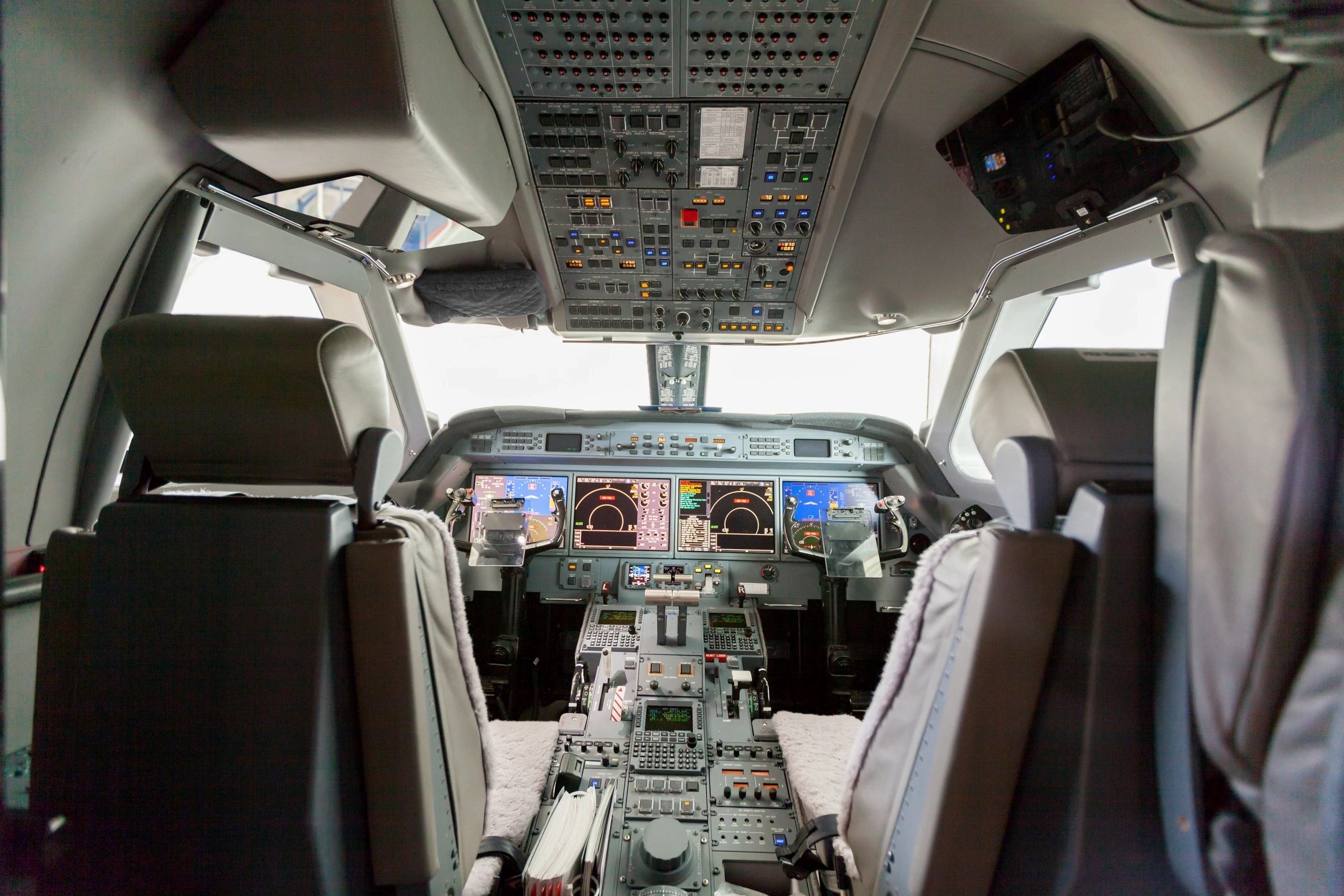Have you ever dreamt of taking to the skies, feeling the thrill of flight and the freedom of the open air? If becoming a pilot is your aspiration, here’s a glimpse into the exhilarating journey that awaits you:
**1. Set Your Sights High:
The first step in realizing your dream is setting clear goals. Decide on the type of pilot you want to become—whether it’s a private pilot, commercial pilot, or an airline transport pilot—and outline the steps you need to take to achieve your chosen path.
**2. Groundwork:
Building a strong foundation is essential. Start by researching the requirements in your country, including age, education, and medical fitness. Understand the costs involved and explore various financing options, such as scholarships or loans.
**3. Choose a Flight School:
Selecting the right flight school is crucial. Look for accredited institutions with experienced instructors and modern aircraft. The training environment plays a significant role in your development as a pilot.
**4. Ground School Training:
Before taking to the skies, you’ll undergo ground school training, which covers essential topics such as aviation regulations, meteorology, navigation, and aircraft systems. This knowledge is fundamental to your success as a pilot.
**5. Flight Training:
Here comes the exciting part—flight training! You’ll log hours of hands-on experience with an instructor, learning to operate an aircraft safely and confidently. Your skills will be honed in various scenarios, including takeoffs, landings, and emergency procedures.
**6. Passing the Tests:
As you progress, you’ll need to pass written and practical exams administered by aviation authorities. These assessments ensure you have the knowledge and skills required to operate an aircraft safely.
**7. Licenses and Ratings:
Depending on your goals, you’ll obtain different licenses and ratings. A private pilot’s license allows you to fly for recreational purposes, while a commercial pilot’s license enables you to earn money as a pilot. Additional ratings, such as instrument or multi-engine ratings, expand your capabilities.
**8. Building Experience:
After earning your pilot’s license, the learning doesn’t stop. Gain experience by flying regularly, either as a private pilot or by pursuing a career in aviation. The more you fly, the more confident and skilled you become.
**9. Career Opportunities:
If you aspire to a career in aviation, explore various paths, such as becoming a flight instructor, working as a commercial pilot for an airline, or specializing in fields like aerial photography, firefighting, or air ambulance services.
**10. Lifelong Learning:
Aviation is an ever-evolving field. Stay current with industry trends and regulations through continuous learning and professional development. Consider pursuing advanced ratings or endorsements to expand your horizons.
Becoming a pilot is a journey that requires dedication, passion, and a love for the skies. It’s a path filled with challenges, but the reward of soaring above the clouds and exploring the world from a unique perspective makes every step worth it. So, if the call of aviation beckons, take that first step and prepare to spread your wings—your journey to becoming a pilot has just begun!

